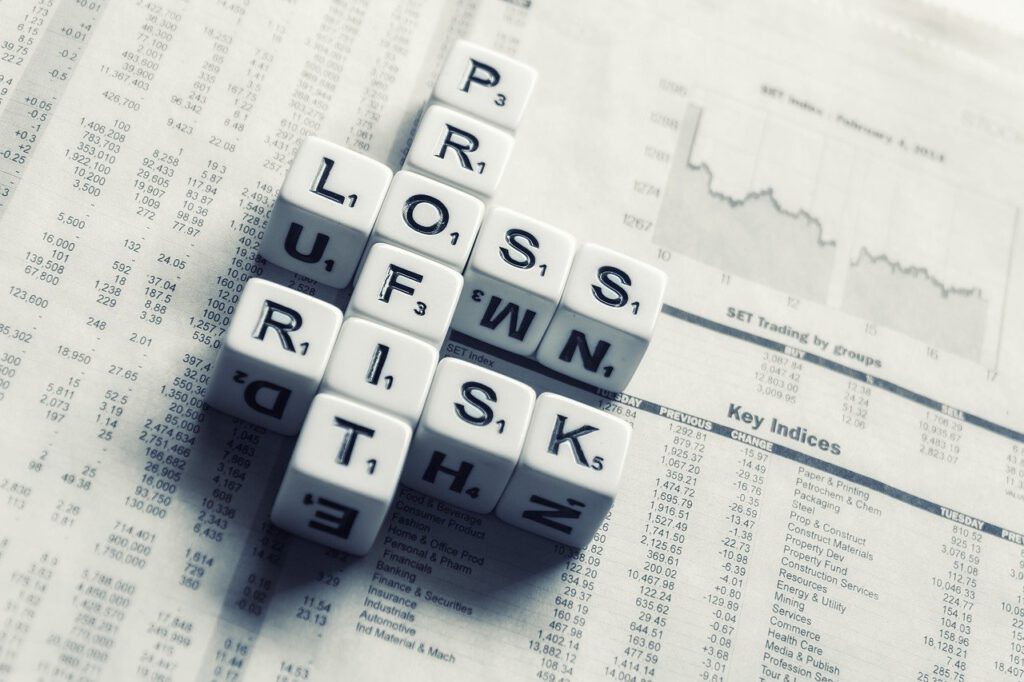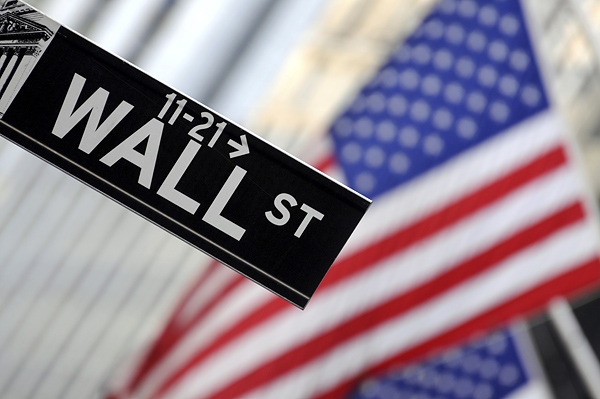It‘s a common belief that the higher the return one wants to achieve, the higher the risk one has to take. But that‘s not always true.
Investing is risky. There is no such thing as to invest with no risk. Even so-called risk-free investments like government bonds inhere the risk of losing all your money. States can go bankrupt as we have seen many times in the past. Brasil and Chile went bankrupt seven times which is record. Argentina went bankrupt 2001, Uruguay 2003, and Nigeria 2004. These are all emerging markets or development countries, you may say. And you‘re right. But just because we live in economically strong countries doesn‘t mean that can‘t happen to us. 2010 Greece got in trouble and had to be rescued by the European Union. So, states can go bankrupt even though it‘s very unlikely most of the time. But the higher the risk, the higher the return.
„Heads I win; Tails I don‘t lose much.“ (Monish Pabrai)

Most investors want to get high returns. The higher, the better. And that‘s not a bad desire. Why aiming for mediocre returns, when you can have it better. But how achieve this goal? People say, most investors can‘t outperform the market. And that‘s true. For every outperformer, there has to be an underperformer. And most investors find themselves getting average results (I wrote about that topic here!) Average results mean around 9% to 10% return every year. The average yearly return of the MSCI World over the last 20 years is 8.5%. The S&P 500 averages 10% over the last 30 years.
So, let‘s get back to the question on how an investor can get excessive returns while reducing the risk of his investment. Excess returns is defined as „returns achieved above and beyond the return of a proxy“ (check Investopedia). Regarding what I wrote the section before, excess returns has to be well above 10% on average. Not in as single year. That‘s important. To outperform in one year is not that difficult. But to do it over 10 or more years is not that easy. But it‘s possible. Warren Buffett averages nearly 20% since 1965. So, even if you think that‘s an exception, which truly is, outperforming a proxy is possible. It‘s just maths. And some knowledge of the quality of companies and of the figures in the financial statement but that‘s another story).
Let‘s assume, we have a high quality company. That requirement is necessary, because the probability of being right is higher when we face a company with high quality. And when I talk about quality, I don‘t mean a great performance in one year. I mean a great performance over 10 and more years. Consistency is key. So, if we have found a great company (which is one factor of reducing our risk), how do we get an excess return while reducing our risk of loss. As Howard Marks says: „There’s no such thing as a good idea regardless of price!“ That means, as Joel Greenblatt says, „figure out what something is worth and then pay a lot less.” In other words, an investor needs a Margin of Safety. This margin is important because it flattens the risk of being wrong. Wrong with the assumption about the quality or the intrinsic value. We can‘t predict the future, so we have to work with probabilities. But the Margin of Safety helps. It reduces the risk of losing. And it leads to high returns.

Here‘s where maths comes into play. So, let‘s make the calculation. Let‘s say, the intrinsic value of a high quality company is $100 per share. An investors Margin of Safety is 30%. That means, the stock price of the company has to be $70 or less, if the investor wants to buy it. With buying well below intrinsic value, the investor reduces his risk immensely. And he increases the probability of a very high return. Why is this? Over the long haul, stock prices tend to align with intrinsic value. That means, there is a high probability that the price will rise to $100. When this happens, the investor gets a return of 42.86%. If it happens after three years, his return averages 14.28% per year, which is well above the average returns of the S&P 500 or the MSCI world.
We can assume that, if we are right regarding the quality of the company, intrinsic value will increase within these years which increases the return. We also can assume that the price, as it always does, will get higher than intrinsic value which also increases our return rate. And while doing so, we simultaneously have reduced our risk of losing. Even if we have miscalculated intrinsic value, we have some room for mistakes. If intrinsic value is only $80, return will be 15% when the price reaches it. Our error rate can be 30% and we wouldn‘t have any loss. And even if we are worse in our calculation, we would lose less money with our Margin of Safety than buying at miscalculated fair value.
We see, excess returns can go with risk reduction. They are part of it. Although that doesn‘t mean an investor can’t lose money. And certainly, really high returns can be achieved with really high risk. But I prefer the first way.


